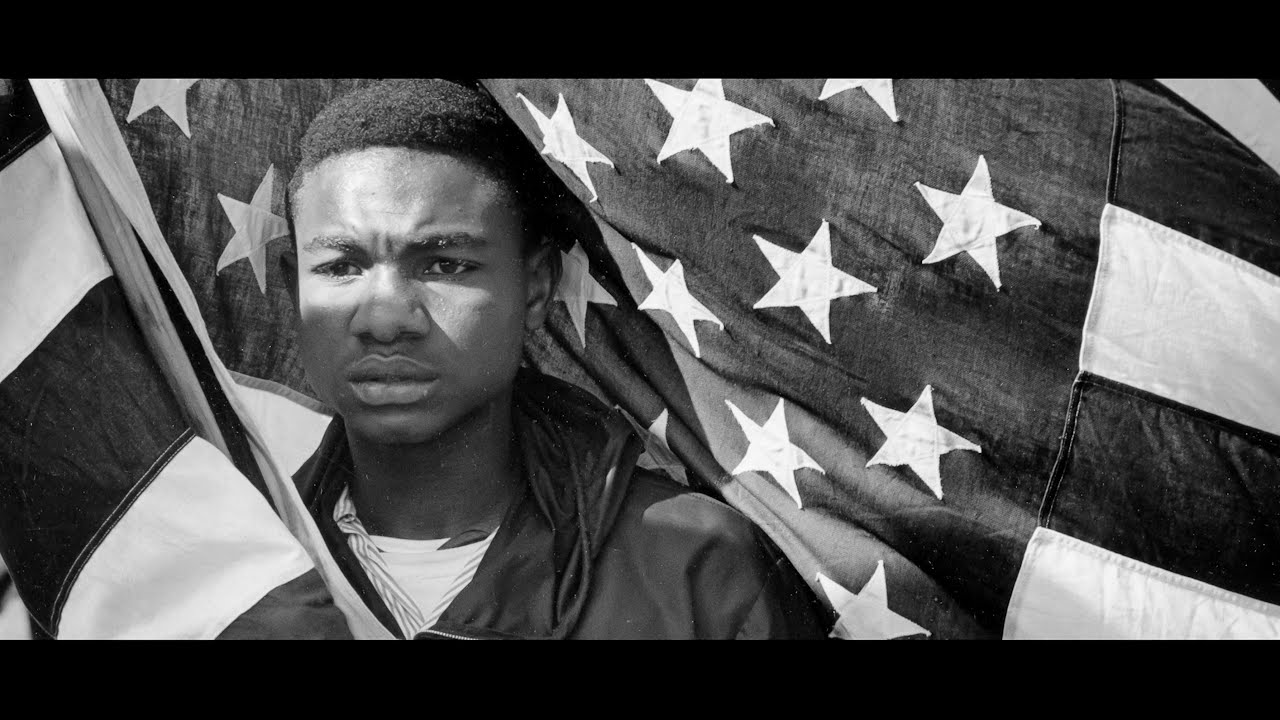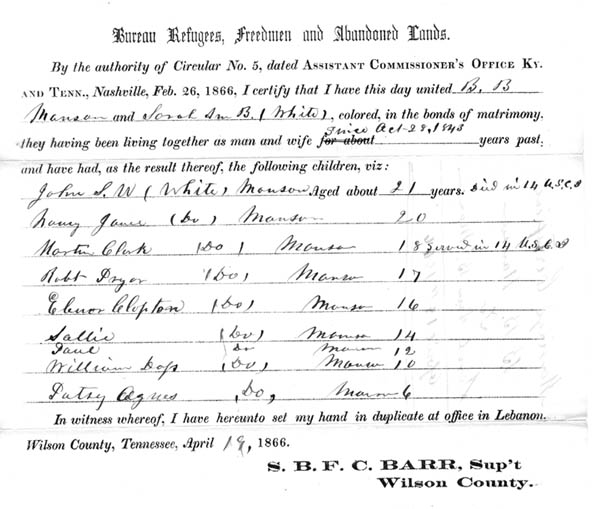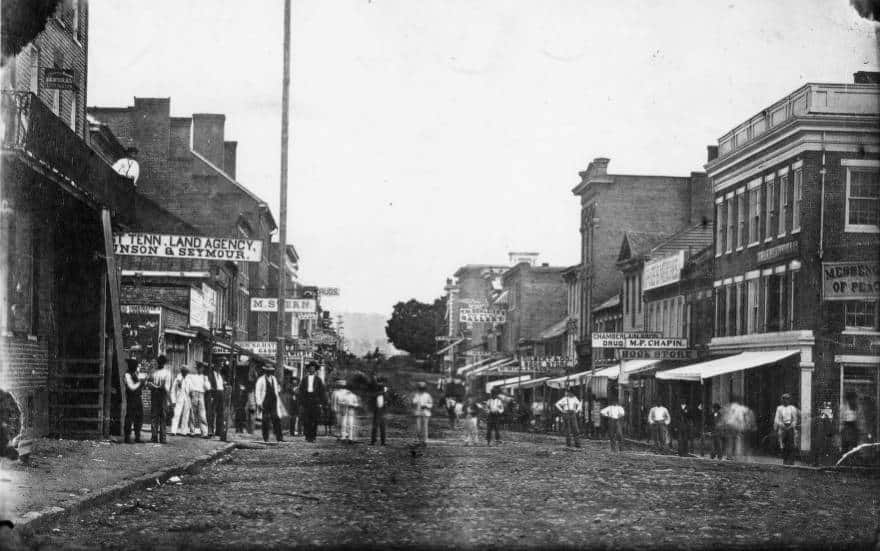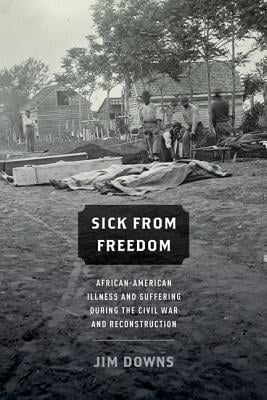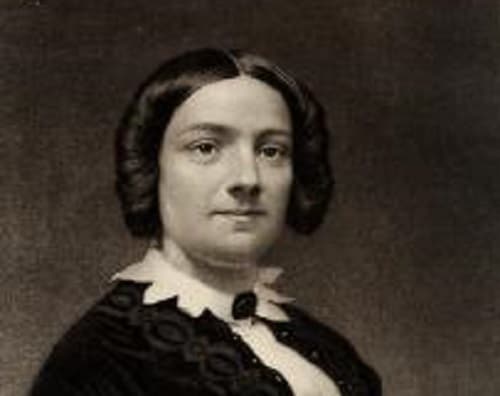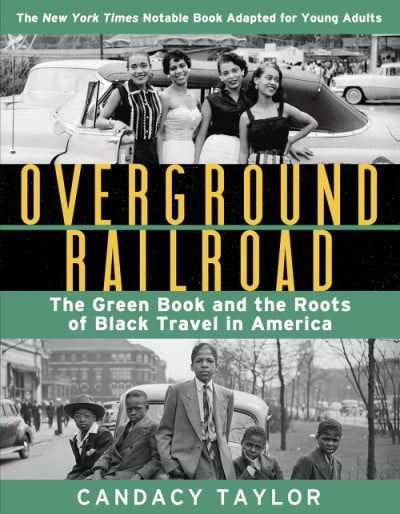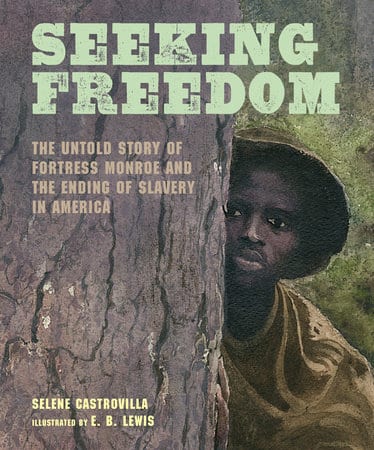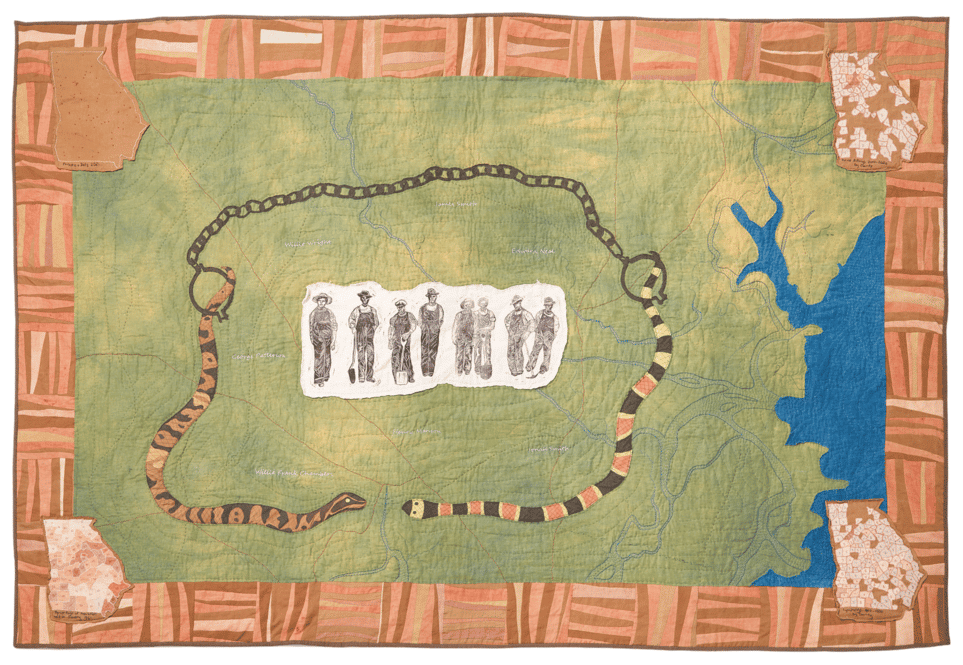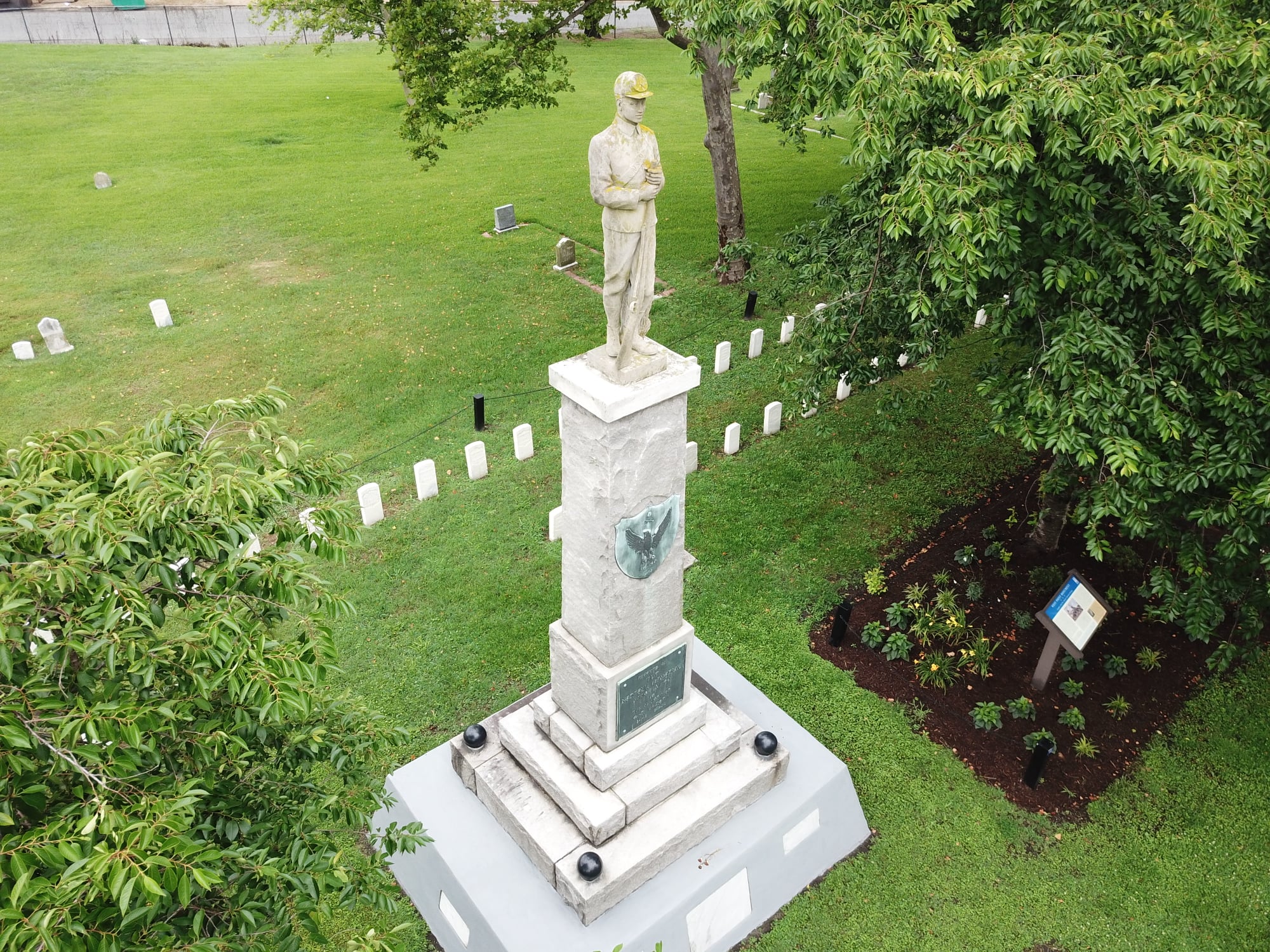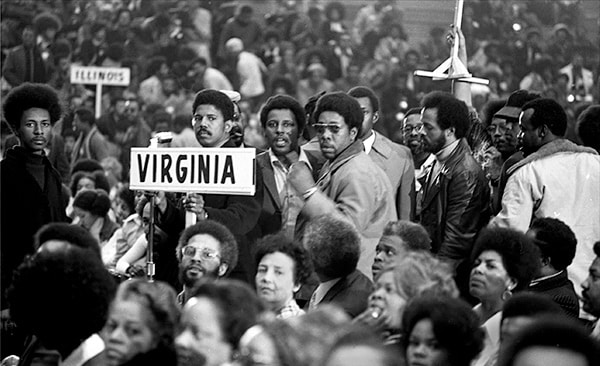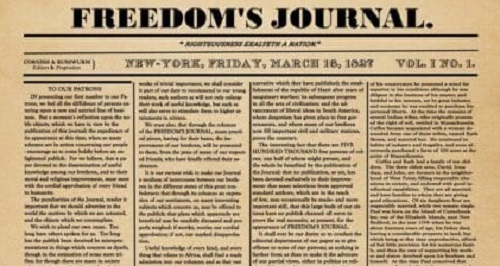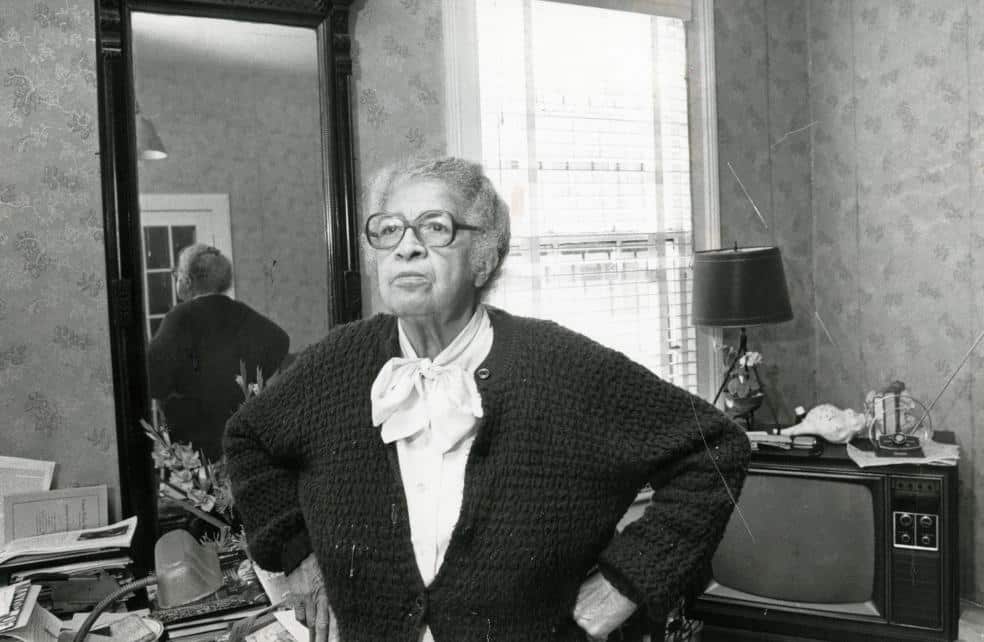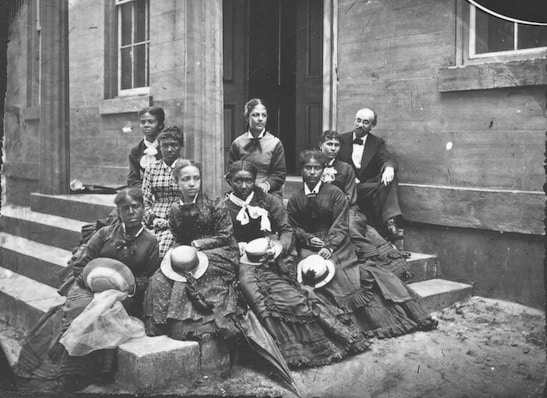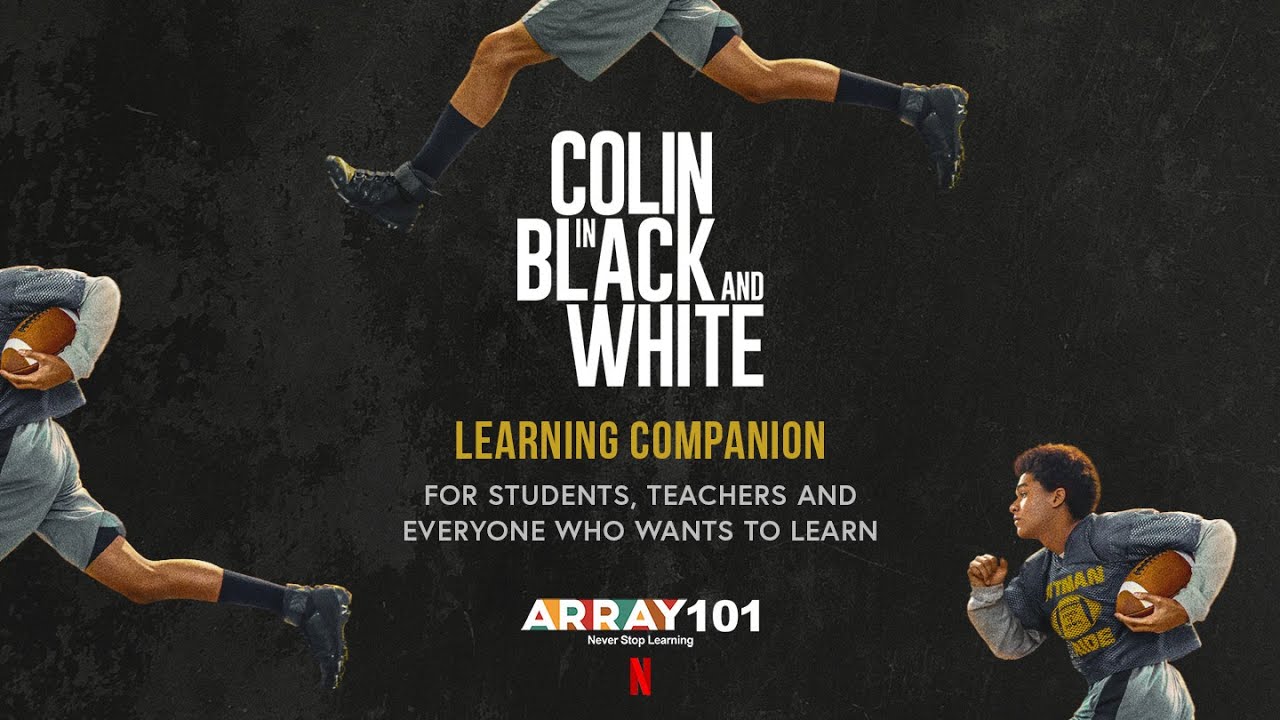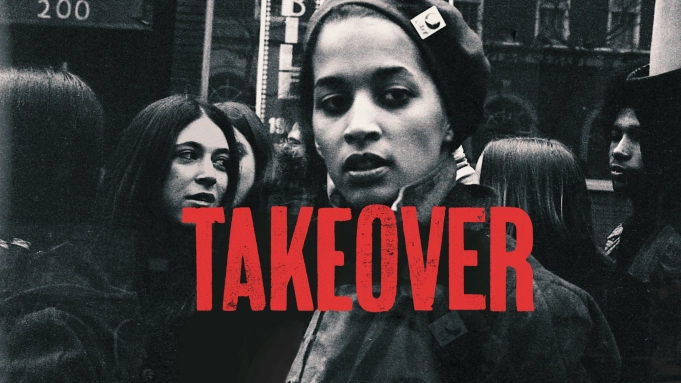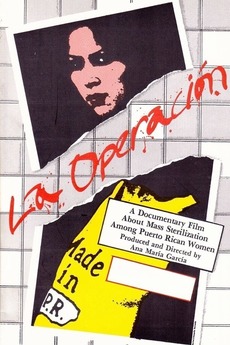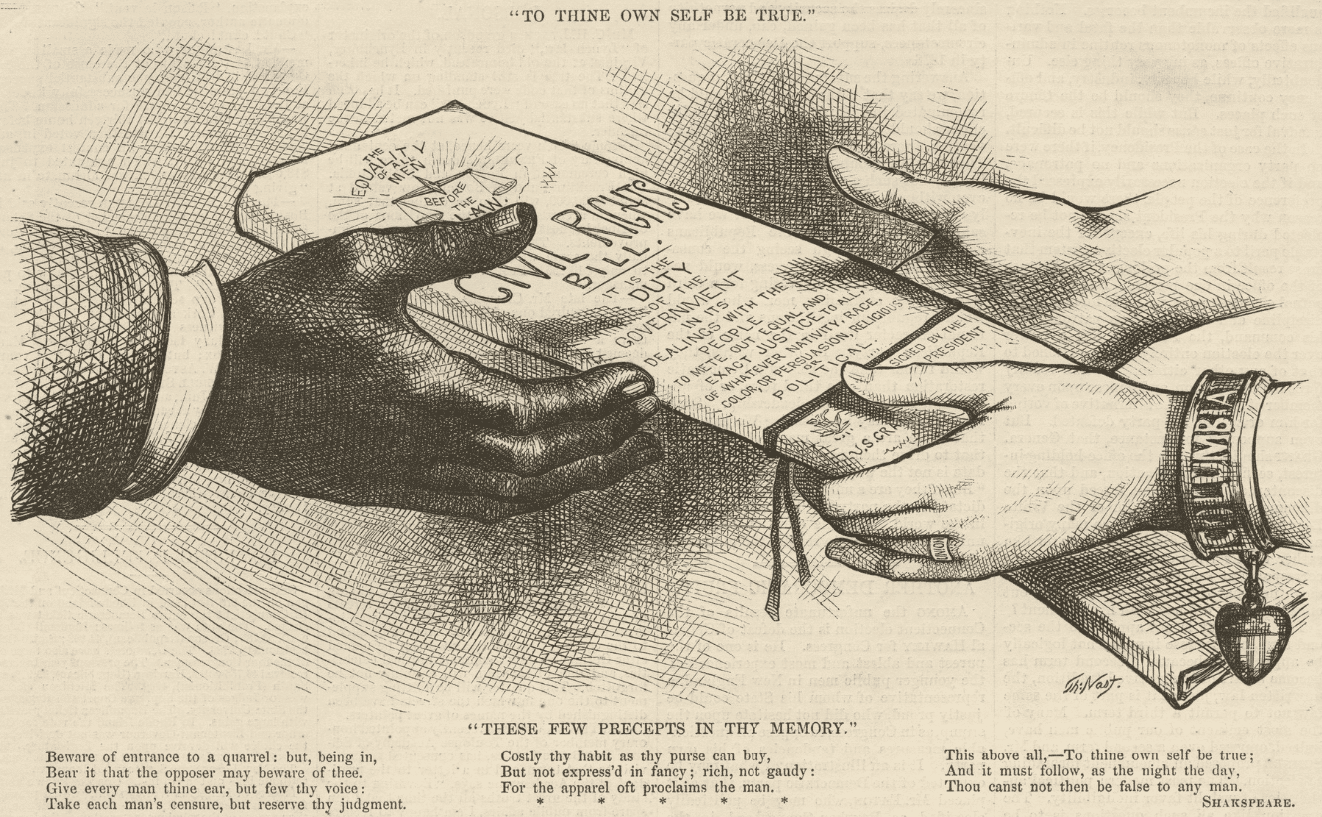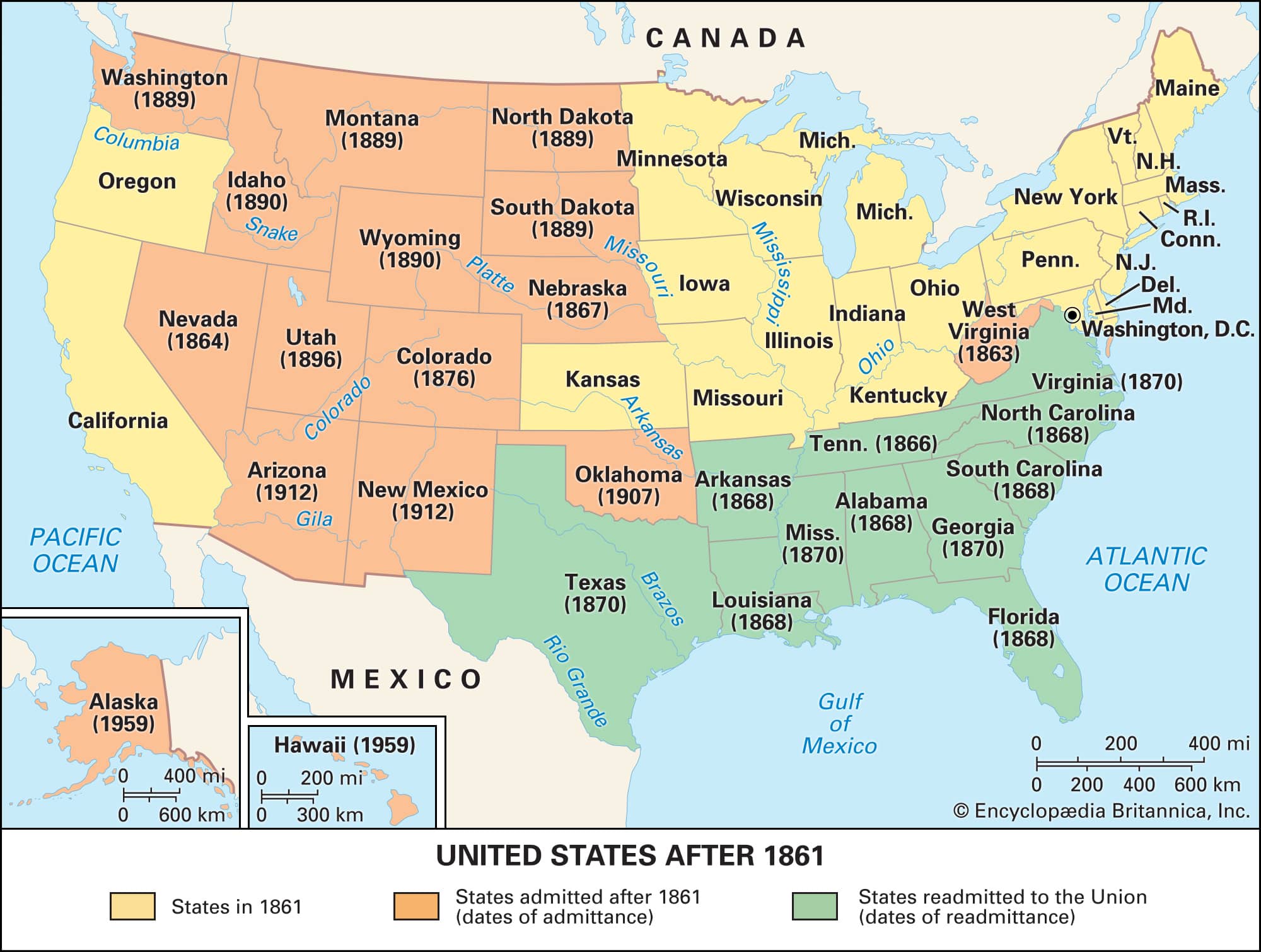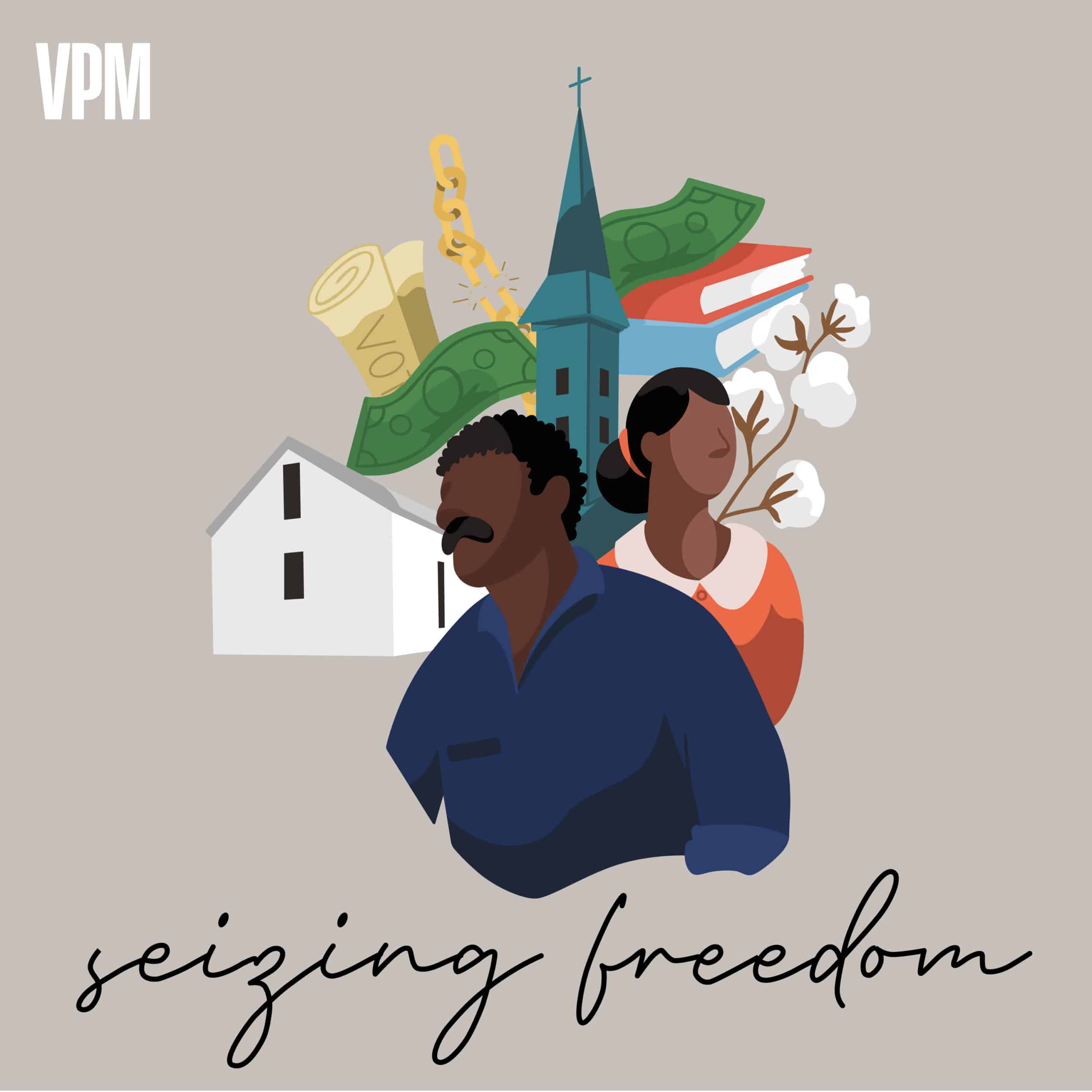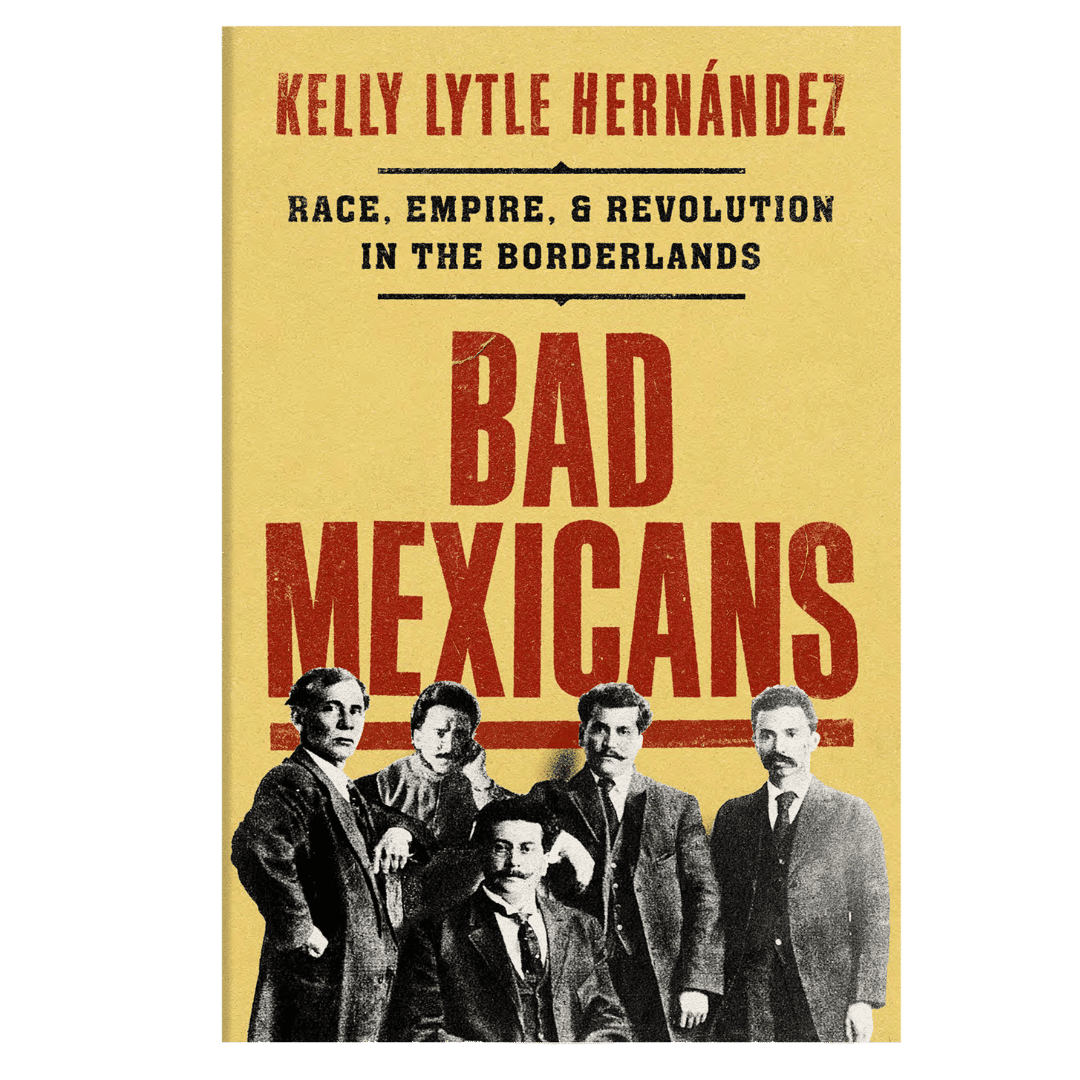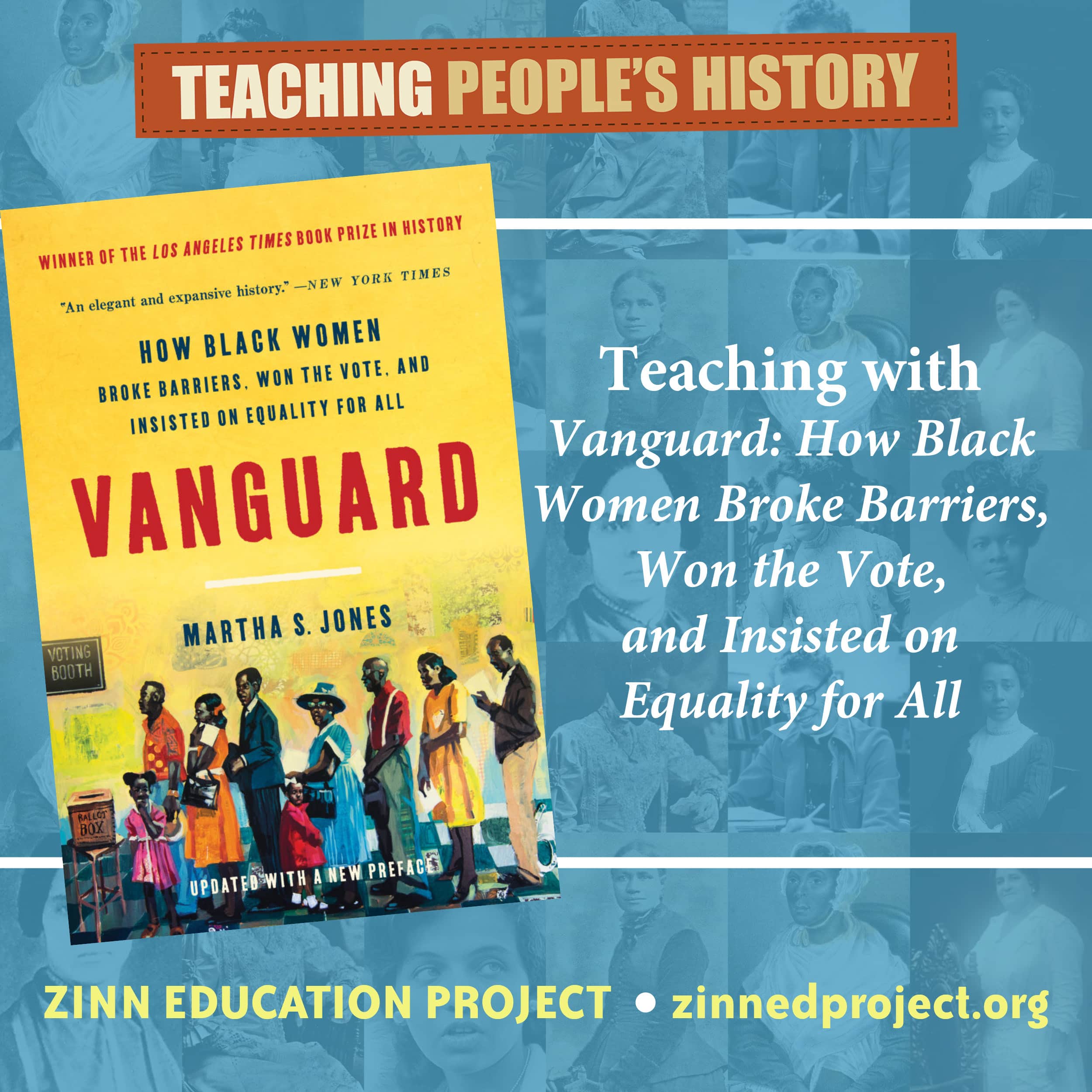Film. National Park Service. 2020. 23 minutes.
Documentary about the role of young people in the voting rights movement in Alabama in the 1960s.
Continue reading
Benjamin Berry Manson and Sarah Ann Benton White, formerly enslaved in Tennessee, receive an official marriage certificate from the Freedmen’s Bureau.
Continue reading
The first “Redeemer” government is established in Tennessee after conservatives gain control of the state’s General Assembly, ushering in an era of Jim Crow segregation laws.
Continue reading
Book — Non-fiction. By Jim Downs. 2015. 280 pages.
Historical analysis of the illness and suffering endured by African Americans during the Civil War and Reconstruction.
Teaching Activity by Jim Downs
Continue reading
A judge in Norfolk, Virginia, sentenced a white woman, Margaret Douglass, to one month in jail for teaching free Black children to read.
Continue reading
Book — Non-fiction. By Candacy Taylor. 2022. 272 pages.
This book chronicles the history of the Green Book, which was published from 1936 to 1966 and was the “Black travel guide to America.”
Teaching Activity by Candacy Taylor
Continue reading
Book — Non-fiction. By Selene Castrovilla. Illustrated by E. B. Lewis. 2022. 40 pages.
A Civil War story about a man who seizes his freedom from slavery and teams up with a Union general to save a Union fort from the Confederates.
Teaching Activity by Selene Castrovilla (Illustrated by E. B. Lewis)
Continue reading
Book — Non-fiction. By the W. E. B. Du Bois Center at University of Massachusetts Amherst. 2018. 144 pages.
W. E. B. Du Bois's Data Portraits is an informative and provocative history, data, and graphic design book first presented at the 1900 Paris Exposition.
Teaching Activity by by the W. E. B. Du Bois Center at University of Massachusetts Amherst and edited by Whitney Battle-Baptiste and Britt Rusert
Continue reading
Wyatt Outlaw, a Union veteran who became the first Black town commissioner of Graham, North Carolina, was seized from his home and lynched by members of the Ku Klux Klan known as the White Brotherhood, which controlled the county.
Continue reading
A camp warden and guards shot dead seven prisoners being held at the Anguilla Prison in Georgia. The Anguilla Prison Massacre Quilt Project tells that story, drawing on records from the NAACP.
Continue reading
The West Point Cemetery in Norfolk, Virginia was established to provide a burial area for Black soldiers and sailors who fought to preserve the Union.
Continue reading
Thousands of Black leaders gathered to create a cohesive political strategy at the National Black Political Convention in Gary, Indiana.
Continue reading
Freedom’s Journal was the first African American owned and operated newspaper in the United States.
Continue reading
Prompted by South Carolina’s all-white political primary system, civil rights advocate Modjeska Monteith Simkins wrote a letter to Governor Olin D. Johnston of South Carolina challenging him to a debate on white supremacy.
Continue reading
Henry E. Hayne was the first Black student to be accepted to the University of South Carolina’s medical school, a bold act which encouraged other Black students to apply. By 1875, Black men comprised the majority of the student body.
Continue reading
Freedom fighter Takiyah Thompson looped a bright yellow strap around the neck of a Durham, North Carolina monument to Confederate soldiers, and a crowd of other activists pulled it down, inspiring other communities to take direct action in removing public symbols that glorify white supremacy, and to raise up new stories that celebrate all people.
Continue reading
Teaching Guide. Presented by Ra Vision Media & Know Your Rights Camp. 2022. 85 pages.
In conjunction with the Netflix series of the same name, this teaching guide provides students with resources and activities to understand and address systemic and institutional racism.
Continue reading
Film. By Emma Francis-Snyder. 2021. 38 minutes.
Takeover tells the story of the Young Lords’ 12-hour occupation of Lincoln Hospital in the South Bronx in 1970.
Continue reading
Film. Directed by Ana María García. 1982. 40 minutes.
La Operación is a 1982 documentary that shows the widespread sterilization operation led by the U.S. during the 1950s and 60s in Puerto Rico.
Continue reading
The U.S. Supreme Court ruled that the Civil Rights Act of 1875, forbidding discrimination in hotels, trains, and other public spaces, was unconstitutional and not authorized by the 13th or 14th Amendments of the Constitution.
Continue reading
Congress overrode President Andrew Johnson’s veto and passed the first of four statutes known as the Reconstruction Acts, which outlined the process of readmission to the Union.
Continue reading
To facilitate bringing the Seizing Freedom podcast to the classroom, we are sharing teaching ideas for selected episodes, beginning with "A Powerful Black Hand."
Continue reading
Book — Non-fiction. By Kelly Lytle Hernández. 2022. 384 pages.
Taking readers to the frontlines of the magonista uprising and the counterinsurgency campaign that failed to stop them, Kelly Lytle Hernández puts the magonista revolt at the heart of U.S. history.
Continue reading
Teaching Activity. By Ursula Wolfe-Rocca. 25 pages.
Students engage in an interactive activity with short excerpts from Martha Jones’ book to learn about the leading role of Black women in the fight for voting rights throughout U.S. history.
Continue reading
Kalief Browder was arrested at the age of 16 for allegedly stealing a backpack weeks before in the Bronx.
Continue reading

